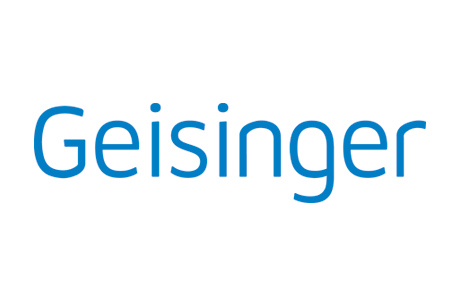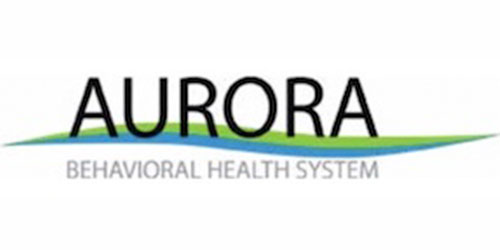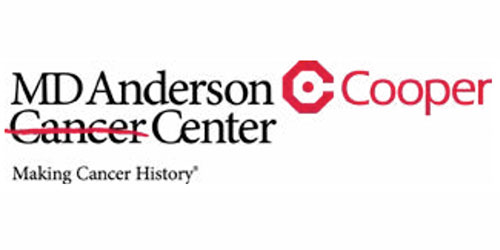Overview
As a regional healthcare provider serving more than 2.6 million residents of the community throughout 45 counties in Pennsylvania and New Jersey, Geisinger’s mission is to enhance quality of life through an integrated health service organization based on a balanced program of patient care, education, research, and community service. The physician-led system includes a multidisciplinary physician group practice with systemwide aligned goals, successful clinical programs, a sophisticated IT platform, a robust research program, and an insurance provider, Geisinger Health Plan. In January 2019, Geisinger partnered with Roundtrip to improve NEMT resource allocation with an innovative transportation platform.
Challenge
As central Pennsylvania’s most complete healthcare system, offering many services that are not available anywhere else locally, including the region’s only Level I Trauma Center, Geisinger relies extensively on their local network of transportation companies to meet transportation needs. The systemwide burden of delayed transportation affects bed turnover and results in patients staying extra nights and the disruption of planned transfers to post-acute care facilities. Ultimately, Geisinger won’t be able to deliver on its mission if discharged patients are not transported efficiently.
To continue achieving its mission, Geisinger needs to know the metrics behind the delays for better capacity planning. Examples of key situations in need of insight include the delay between when a patient is discharged, when the transportation company agreed to pick up the patient, and when the transportation company actually arrived with the patient at the receiving facility.
Before Roundtrip, delays were only known anecdotally, failing to equip hospital executives with the data to make necessary improvements. With real-time visibility into transportation delays and bottlenecks, Geisinger would potentially be able to work with its internal fleet and local transportation network, increasing ride availability and on-time performance, especially during peak discharge times.
Impact
Booking patient rides in Roundtrip empowers Geisinger with detailed and dynamic data reporting. Executives can break down every ride with over 40 separate data points, including arrival time, proof of medical necessity, and cost. And now, they can also look at macro trends to address bottlenecks and other inefficiencies previously unknown without data.
In January alone, 940 wheelchair and ambulance rides were completed and by March, that number increased by 19.8% to 1127 rides. In less than six months, Roundtrip reached 5000 complex means of transport. Of those 5000 rides, 94% of rides were for patients with higher mobility needs, calling for a network of wheelchair and ambulance vehicles. These trips necessitate complex planning and, often, insurance authorizations. Roundtrip streamlines the process to obtain trip authorizations. By aggregating and executing all authorizations, both commercial and governmental (e.g., Medicare & Medicaid), Roundtrip frees up valuable time for the care coordinators. Geisinger has reported to Roundtrip that they save about an hour per trip for time-on-task with Roundtrip handling ride authorizations.
This streamlined approach to ordering rides significantly impacts communication about patient rides in real-time across patient floors, care teams, and administration personnel. One Geisinger user credited Roundtrip for having “quick access to multiple transportation services, being easy to use, and easy to find information that is needed.” Roundtrip delivers solutions to burdensome tasks associated with transportation coordination while providing powerful data to inform better capacity planning for the health system, and driving better health outcomes.


